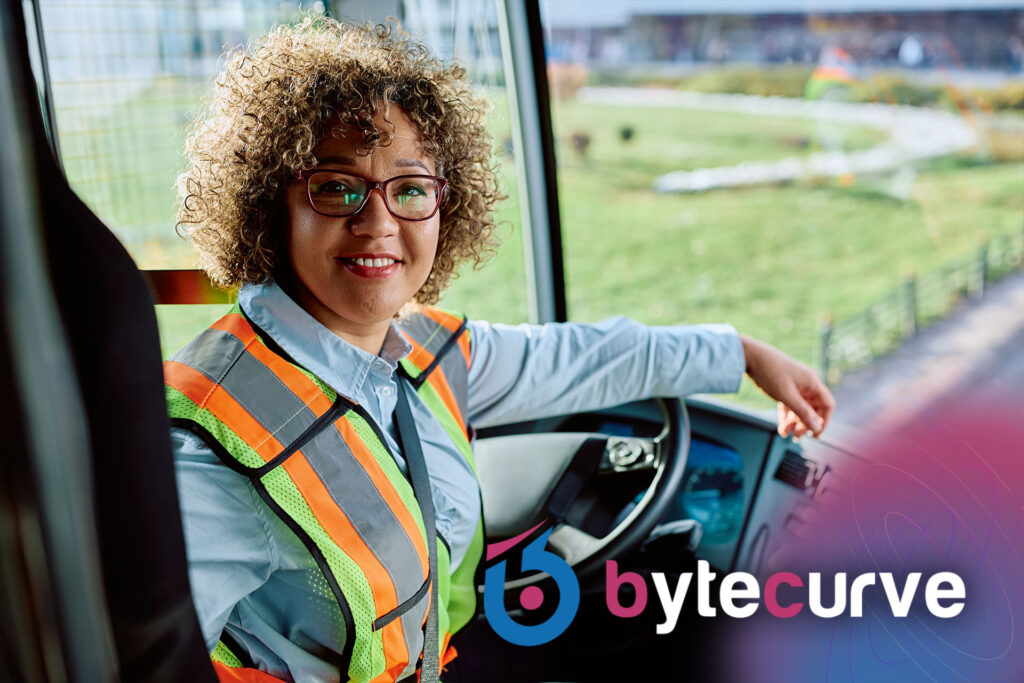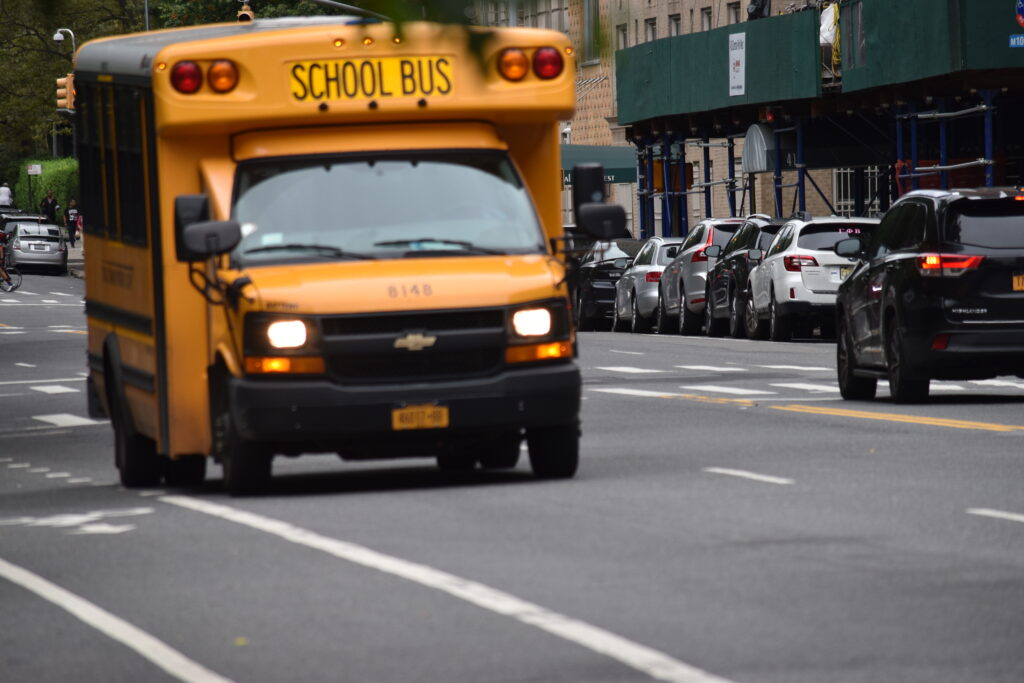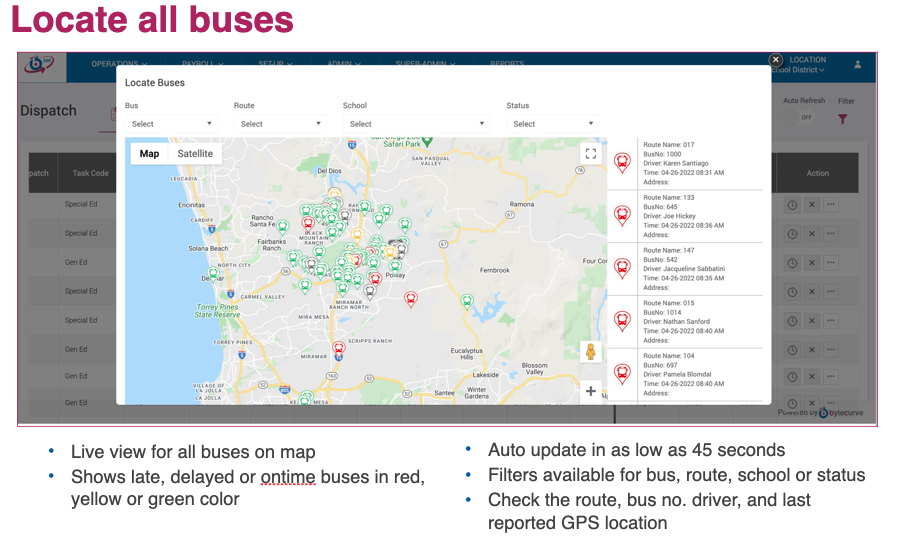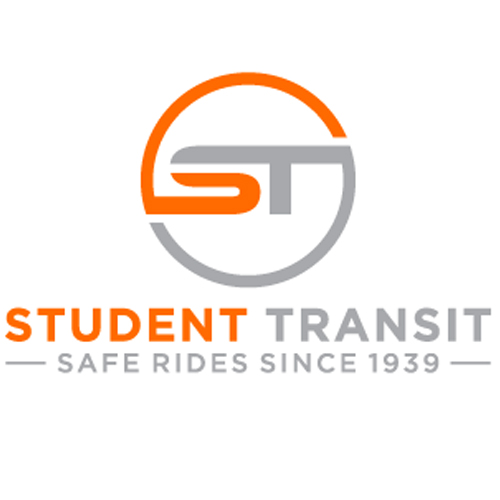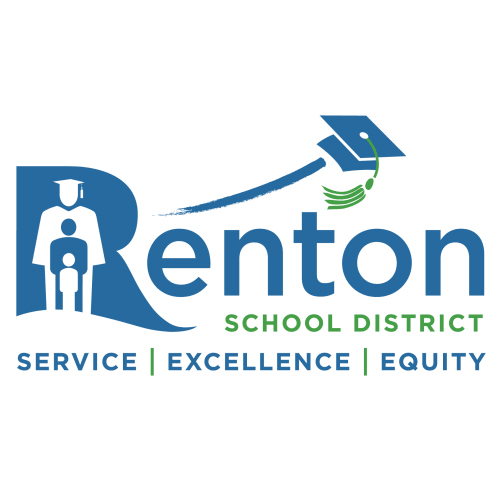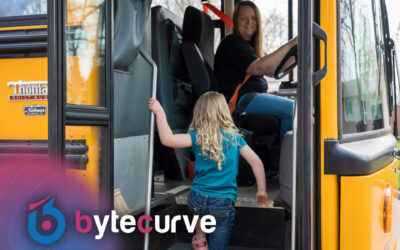BYTECURVE RESOURCES
Navigating the Nation’s School Bus Driver Shortage
Challenges, Risks, and Solutions
“Bytecurve makes our payroll process seamless with reduced time and paperwork,”
-Jennifer Idlette, Transportation Director, Indian River School District
Buses Served
Districts and Contractors
Payroll Processed
On the morning of April 24, 2023, 27-year-old Josue Gochez Perez was walking in the crosswalk at 28th Street and Cedar in South Minneapolis, Minnesota.
According to police records and court testimony, Gochez Perez, a married father of three children, had the walk signal and the right of way.
At the same time, a school bus driven by Osman Ali made its way toward the intersection. Ali later claimed he didn’t realize a person was walking in the crosswalk. According to police reports, he thought it was a “cone or something.”
Ali’s bus hit Gochez Perez, who was pinned under the bus and reportedly dragged for approximately 100 feet before the bus finally came to a stop. Gochez Perez was killed. Ali, it soon emerged, was uncertified and had a documented history of dangerous driving.
According to reporting by KMSP-TV (FOX Ch. 9) in Minneapolis, “Police records show Ali was ‘not certified’ to drive a school bus since he failed to complete a written test known as ‘Appendix E’ nearly a month before the crash. Ali only answered eight of the 20 safety questions. A Minnesota State Trooper wrote in a report that Ali ‘wasn’t able to demonstrate… that he had sufficient skills and knowledge to transport students in a safe and legal manner.’”
Across the United States, school districts have been grappling with a persistent and severe shortage of school bus drivers for several years.
This crisis has disrupted daily routines for students and families, forcing districts to make difficult decisions, such as consolidating routes, adjusting school start times, and even employing non-traditional drivers.
As the shortage drags on, some districts face increasing pressure to fill the gaps quickly, sometimes at the risk of compromising safety by employing underqualified or uncertified drivers.
Ali was employed by Septran, Inc., which provides student transportation in Illinois and Minnesota.
In an interview with KSMP-TV, Roger Poehls, Jr., an attorney representing Gochez Perez’s family, said:
“How do we not look at this and say, ‘We’ve got to pull them off the road?’ Somebody wasn’t paying attention—somebody up above, supervisors—their program is not working. You’ve got to have a better system in place to make sure these drivers are not on the road. They’re just not doing enough.”
KSMP-TV reported further that “internal Septran coaching records obtained by the FOX 9 Investigators reveal Ali’s driving record had raised red flags for months before the fatal April 2023 crash. In the three months prior to the crash, Ali received at least 20 flags for risky driving, including repeated concerns about incomplete stops and braking.
Citing pending litigation, Septran declined comment, KSMP-TV said.
Reasons Behind Driver Shortage Run Deep
The roots of the current driver shortage run deep.
Low pay, limited hours, and demanding working conditions have long made bus driving a challenging career choice.
The COVID-19 pandemic exacerbated the situation, leading to an exodus of drivers due to health concerns or retirement. Additionally, a robust job market means potential recruits often opt for less stressful, better-paying jobs.
Recently, the National Association for Pupil Transportation (NAPT), along with the National Association of State Directors of Pupil Transportation Services (NASDPTS) and the National School Transportation Association (NSTA), conducted a joint survey of America’s shortage of school bus drivers.
Over 90% of school districts reported driver shortages, with nearly 30% describing them as “severe.” Districts struggle to attract new drivers and retain experienced ones, resulting in chronic understaffing and unreliable transportation services.
“This is not a new problem,” said NAPT Executive Director Mike Martin. “Nor is it easy to solve.”
Some states have tried to make the barrier to entry easier to attract new drivers, easing the path to qualification by eliminating certain tests.
As the events on that April 2023 morning in South Minneapolis illustrate, however, there are inherent risks in sending underprepared or unqualified drivers out into the field.
The Risks of Employing Unqualified or Uncertified Drivers
In the face of desperation, some school districts have relaxed hiring standards or expedited training processes. While the intention is to ensure students have reliable transportation, the consequences can be dire. They include:
- Compromised Safety: School bus drivers must undergo rigorous background checks, drug testing, and specialized training, including understanding student behavior management, emergency protocols, and defensive driving techniques. Lowering these standards increases the risk of accidents, injuries, and even fatalities.
- Inadequate Emergency Response: Untrained drivers may not know how to handle emergencies, such as mechanical failures, medical incidents, or evacuations, potentially putting students in further danger.
- Legal and Financial Liabilities: Employing uncertified drivers can expose school districts to legal consequences and higher insurance premiums, not to mention the potential fallout from public trust erosion.
- Erosion of Trust: Parents rely on school buses to safely transport their children. When districts take shortcuts, the community’s trust in the school system erodes.
Technology as a Lifeline: IoT Devices and Software Solutions
As districts wrestle with these challenges, technology offers a promising path forward. IoT (Internet of Things) devices and specialized software solutions can enhance safety, optimize operations, and support a more sustainable workforce.
As IoT devices and software continue to evolve, they offer not just a stopgap measure but a long-term strategy to ensure student safety while supporting the dedicated drivers who transport the nation’s children to school every day.
Here are some of the ways IoT devices and software solutions can help:
- Real-Time Driver Monitoring: IoT-enabled cameras and sensors can monitor driver behavior in real time, alerting supervisors to dangerous practices such as speeding, harsh braking, or distracted driving. This holds drivers accountable and allows for immediate corrective action.
- Streamlined Certification Tracking: Digital platforms can track driver certifications, training completions, and background check renewals, ensuring no one slips through the cracks. Automated reminders help districts stay compliant with safety regulations.
- Route Optimization and Dispatch Software: Advanced algorithms can create more efficient routes, reducing the time drivers spend on the road and minimizing burnout. Dispatch software provides live updates, allowing schools to quickly reroute buses or deploy backup drivers as needed.
- Student Tracking and Attendance Monitoring: RFID (Radio Frequency Identification) or GPS-enabled badges can track when and where students board and exit the bus. This feature enhances safety and reduces stress on drivers by automating attendance taking.
- Driver Support and Training: Augmented reality (AR) and virtual reality (VR) training modules allow new recruits to practice handling complex driving scenarios in a safe environment. Coupled with continuous learning through mobile apps, these features can help drivers stay sharp and confident.
How Solutions Like Bytecurve Can Help
Bytecurve offers solutions that can significantly enhance the efficiency and management of school bus operations, particularly in the context of three-tiered start times.
Here’s how:
- Routing and Scheduling Optimization: Bytecurve’s advanced software can analyze and optimize bus routes and schedules, ensuring that the three-tier system runs smoothly and efficiently. These features can help in minimizing travel time and improving punctuality. The system sends alerts to dispatchers, enabling them to make immediate adjustments due to late or absent drivers.
- Driver Management: The platform provides tools for better managing driver schedules, ensuring that the workload is balanced and that there are enough drivers available to cover all shifts. Such an arrangement can reduce the strain on the limited number of drivers.
- Real-Time Tracking and Communication: Bytecurve offers real-time tracking of buses, which helps in monitoring and adjusting routes as needed. Improved communication with parents and students ensures that they are informed about any delays or changes in schedules.
- Data-Driven Decisions: With comprehensive data analytics, Bytecurve helps school districts make informed decisions about transportation policies and adjustments. Such decisions can lead to more effective implementation of three-tiered start times and continuous improvement in operations.
- Safety and Compliance: Bytecurve’s solutions also focus on enhancing safety and ensuring compliance with transportation regulations, which is crucial for maintaining trust and reliability in school bus services.
As the only software solution that merges GPS Fleet Tracking and routing data into a new solution, Bytecurve360 is the fastest-growing technology serving the student transportation industry thanks to its ability to significantly improve:
- Payroll operations, including the streamlining of different pay codes and jobs or tasks between and among staff members
- Dispatching operations, including the ability to alter routes, runs and tasks in real-time to respond to later and/or absent drivers
Real-time app-powered communications, including the ability for drivers in the field to respond to route changes via the app.
The integration of real-time tracking, optimized routing, student identification, behavior monitoring, effective communication, and data analytics collectively contributes to a safer and more efficient transportation system.
Leveraging IoT Devices and Software Solutions
To address the challenges posed by the bus driver shortage, many school districts are turning to IoT devices and advanced software solutions. These technologies offer innovative ways to optimize operations, enhance safety, and improve overall efficiency.
- Route Optimization and AI-Powered Tools The planning and execution of school bus routes could undergo a revolution thanks to artificial intelligence (AI) and the Internet of Things.
- Dynamic Routing: AI-powered software can analyze traffic patterns, student locations, and school schedules to create efficient and adaptable bus routes. This feature ensures that buses operate at optimal capacity, reducing the number of drivers needed. For instance, some school districts have implemented AI-powered tools to optimize bus routes, helping them cope with driver shortages by making transportation more efficient.
- Predictive Maintenance: IoT sensors installed on buses can monitor vehicle health in real-time, predicting potential mechanical issues before they lead to breakdowns. This proactive approach minimizes downtime and ensures that the limited number of buses and drivers are utilized effectively.
Enhanced Communication Systems – Effective communication between schools, drivers, students, and parents is crucial, especially during a driver shortage:
- Real-Time Tracking: GPS-enabled IoT devices allow parents and school administrators to track buses in real-time, providing accurate arrival times and reducing uncertainty.
- Instant Notifications: Mobile applications can send instant alerts about delays, route changes, or emergencies, keeping all stakeholders informed and reducing anxiety associated with unforeseen changes.
These communication enhancements ensure that even with fewer drivers, the transportation system remains transparent and reliable.
Automated Attendance and Safety Monitoring
IoT technology can significantly enhance student safety and streamline operations:
- RFID Systems: Upon boarding and alighting the bus, students scan their RFID cards. This system automatically records attendance, ensuring no student is left behind or boards the wrong bus.
- Onboard Cameras and Sensors: Cameras equipped with AI can monitor student behavior, detect potential bullying, or identify safety hazards, allowing for timely interventions.
Implementing these technologies ensures that safety is maintained without placing additional burdens on drivers, who are already stretched thin.
Driver Assistance and Training Programs
Supporting the existing driver workforce is essential:
- Advanced Driver Assistance Systems (ADAS): IoT-enabled ADAS can assist drivers with features like lane departure warnings, collision avoidance, and blind-spot detection, reducing the likelihood of accidents.
- Virtual Training Simulators: Software solutions can provide virtual reality training environments for new drivers, allowing them to gain experience and confidence before taking on real routes.
These tools enhance safety and make the profession more attractive by reducing stress and improving working conditions.
Incentive Programs and Workforce Management
To retain and attract drivers, districts can leverage software solutions:
- Flexible Scheduling: Workforce management software can offer drivers more control over their schedules, accommodating personal needs and reducing burnout.
- Performance-Based Incentives: Implementing systems that track performance metrics can allow districts to offer bonuses or other incentives to high-performing drivers, improving job satisfaction and retention.
Building a Sustainable Solution
While technology alone won’t solve the driver shortage, it plays a crucial role in creating a safer, more efficient transportation system.
To make a meaningful impact, school districts should also:
- Increase Pay and Benefits: Competitive salaries, health benefits, and retirement plans can make bus driving a more attractive career.
- Foster a Supportive Work Environment: Recognizing drivers as essential members of the education system fosters pride and job satisfaction.
- Engage the Community: Outreach campaigns and partnerships with local businesses can help recruit new drivers and raise awareness about the importance of safe student transportation.
By addressing the root causes of the shortage, such as job dissatisfaction and low pay, these solutions can help stabilize the workforce.
And while the shortage of school bus drivers presents a complex challenge, a combination of better working conditions, community engagement, and smart technology integration, districts can pave the way for a safer and more reliable future.
Integrated Student Transportation Software
About Bytecurve
Founded in 2018 by GP Singh after many years on the frontline of student transportation operations with one of the country’s largest private student transportation providers, Bytecruve is designed as the 360 view of operations.
By blending routing and GPS fleet tracking data, and adding a payroll capability as well as mobile app for two-ways communications between dispatch and drivers, Bytecurve 360 has created a new category for student transportation excellence: the dispatch command center.
“We believe many school bus operators still don’t appreciate all the potential improvments they can deliver by taking two powerful yet independent systems and merging them into a new layer of visibility and action,” Singh said. “We’re integrated with all the major providers of routing systems and GPS fleet tracking so virtually any school district with both systems can take advantage of our transformative technology.”
Trusted by dozens of districts across North America, more than 40,000 school bus rely on Bytecurve technology to improve their efficiency and safety.
“I know from first hand experience what school bus fleet leaders need to perform at their best, and we work tirelessly on our product and with our customers to deliver this experience so they can know they are investing in the safest and most efficient fleet.”



